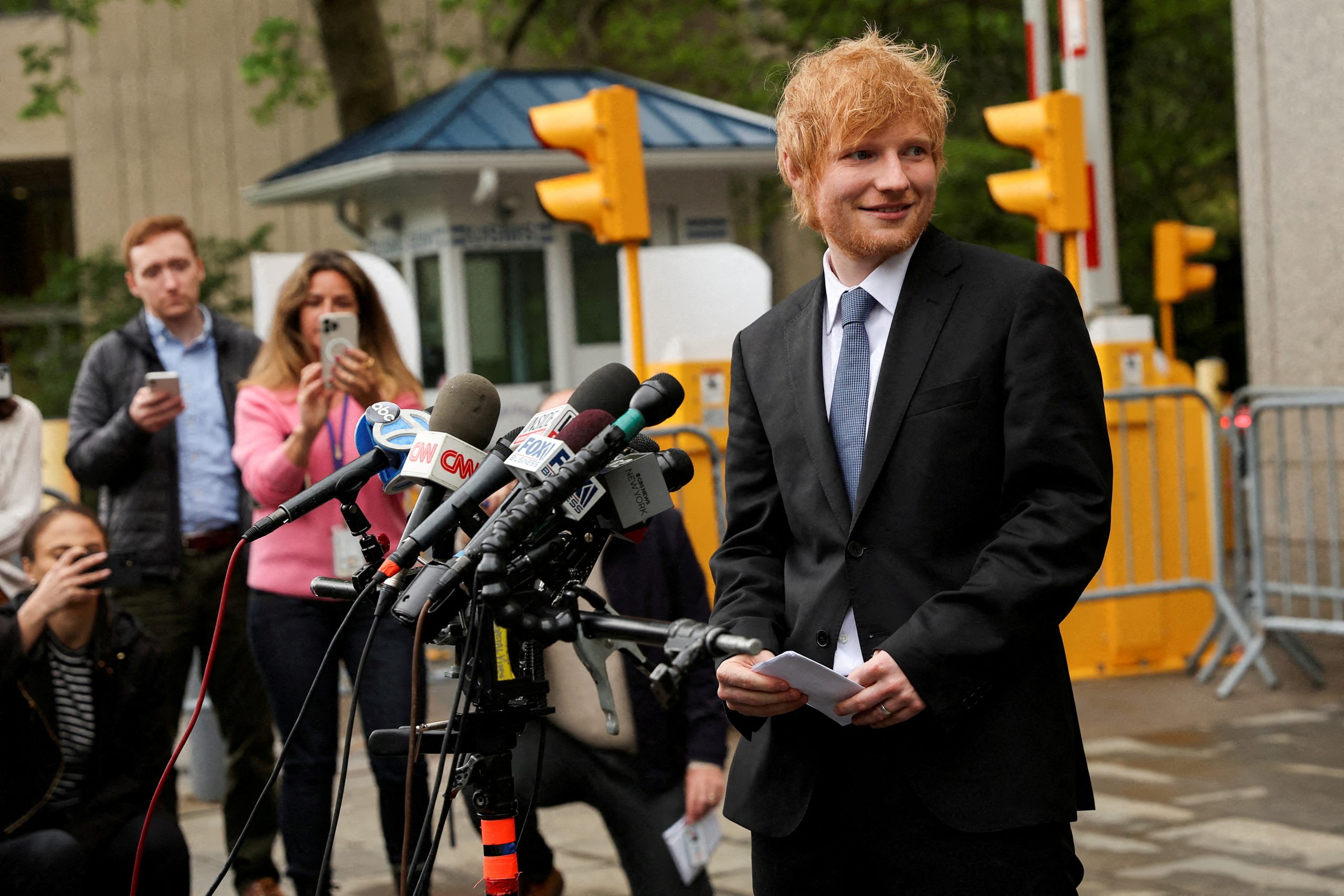
However, the legal saga didn’t conclude there, as the plaintiffs in both cases appealed the verdict. Last September, one of the plaintiffs, the estate of Ed Townsend, who co-wrote Gaye’s “Let’s Get It On,” withdrew their appeal. But the other plaintiff, Structured Asset Sales LLC (SAS), continued to pursue the case.
Structured Asset Sales LLC (SAS) is a company founded and led by investment banker David Pullman, renowned for creating “Bowie bonds,” a type of asset-backed security using royalties from David Bowie’s music as collateral. Pullman owns a share of Townsend’s songwriter interest in “Let’s Get It On.”

On Wednesday (April 17), a panel of judges on the 2nd US Circuit Court of Appeals in New York questioned lawyers representing SAS and Sheeran to determine whether the US District Court’s ruling in favor of Sheeran last year was erroneous.
During the jury trial last year, lawyers for Townsend’s estate presented a video of Sheeran performing a medley transitioning smoothly from “Thinking Out Loud” to Gaye’s “Let’s Get It On.” They claimed it was a “smoking gun,” indicating Sheeran’s knowledge of the infringement.
In response, Sheeran stated on the stand that he would have to be “quite an idiot” to publicly draw attention to plagiarism by performing both songs together in front of a large audience.
The jury sided with Sheeran, and Judge Louis L. Stanton of the US District Court for the Southern District of New York dismissed SAS’s case before it reached a jury. Judge Stanton argued that the chord progression and harmonic rhythm in “Let’s Get It On” were so commonplace that granting copyright protection to their combination would create an impermissible monopoly.
During the recent appellate court hearing, the judges focused on whether Judge Stanton had erred in ruling that the similar elements in the two songs—chord progression and harmonic rhythm—were insufficient to support a claim of copyright infringement.
GET MORE NEWS HERE
